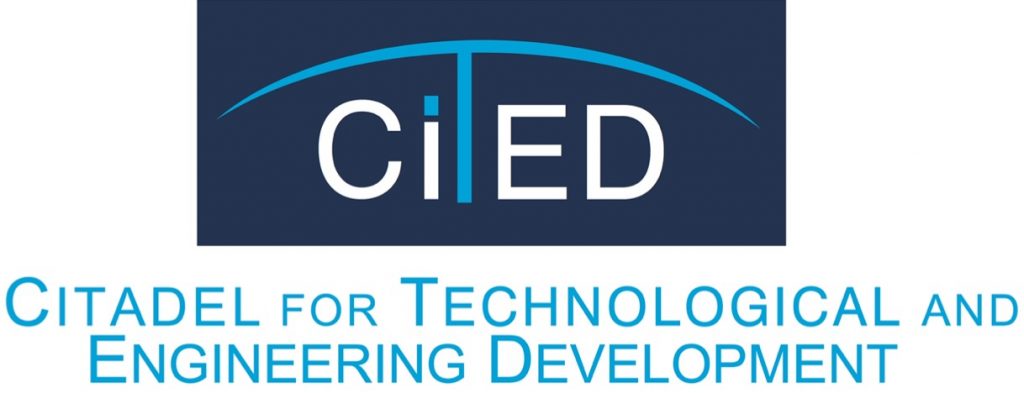This 3-day training program equips participants with the fundamental knowledge and skills to establish and maintain a robust Occupational Health and Safety (OH&S) Management System within their organization.

Introduction:
This 3-day training program equips participants with the fundamental knowledge and skills to establish and maintain a robust Occupational Health and Safety (OH&S) Management System within their organization.
Objectives:
- Understand the legal and ethical framework surrounding occupational health and safety.
- Identify and assess workplace hazards and risks.
- Implement effective control measures to mitigate hazards and prevent work-related injuries and illnesses.
- Develop and maintain key components of an OH&S Management System, including policies, procedures, and programs.
- Conduct safety inspections and audits to ensure compliance with regulations and internal standards.
Content:
Day 1:
- Definition, importance, and benefits of OH&S.
- Legal and ethical considerations.
- Roles and responsibilities of employers, employees, and regulatory bodies.
- Different types of workplace hazards (physical, chemical, biological, ergonomic, psychosocial).
- Risk assessment methodologies (qualitative and quantitative).
- Hierarchy of controls (elimination, substitution, engineering controls, administrative controls, PPE).
Day 2:
- Common safety programs (e.g., incident reporting, emergency preparedness, lockout/tagout, hazard communication).
- Training and awareness programs for employees.
- Performance monitoring and measurement.
- Importance of incident investigation to prevent future occurrences.
- Root cause analysis techniques.
- Implementing corrective and preventive actions.
Day 3:
- Importance of effective communication in promoting safety culture.
- Strategies for communicating safety information to employees.
- Consultation with employee representatives regarding safety matters.
- Maintaining and updating the OH&S Management System.
- Performance review and improvement goals.
- Importance of recordkeeping and documentation.
Conclusion:
This intensive training program provides a comprehensive foundation for participants to understand and implement core principles of OH&S Management. By actively participating in discussions, case studies, and practical exercises, participants will gain the necessary knowledge and skills to contribute to a safe and healthy work environment.

